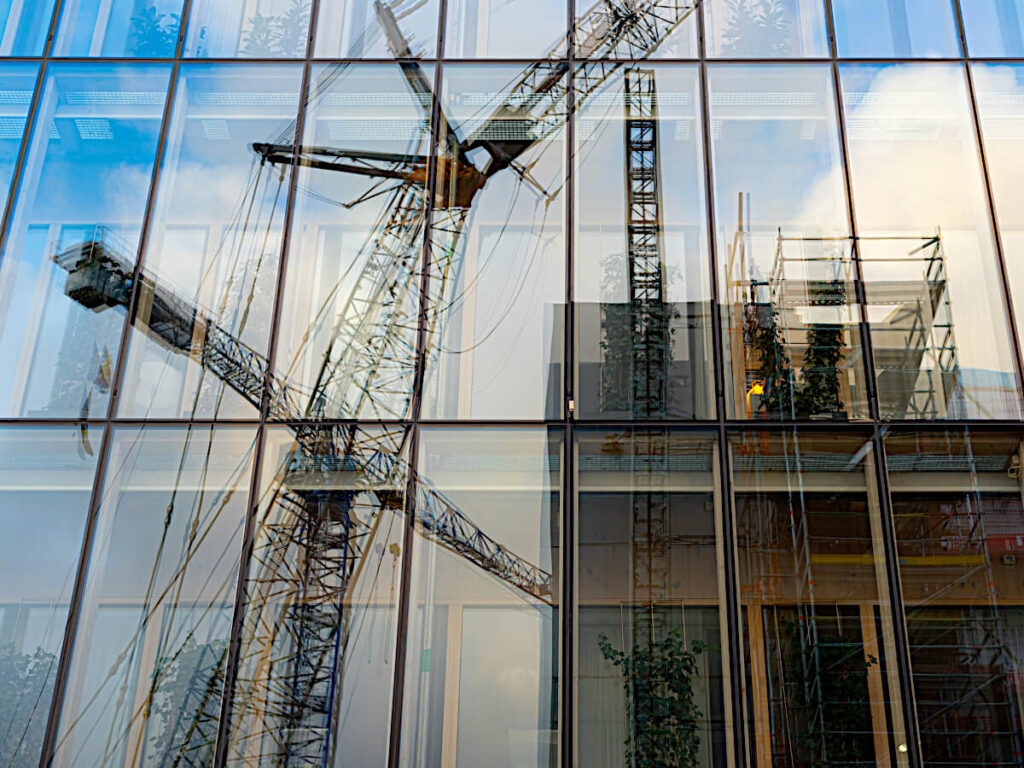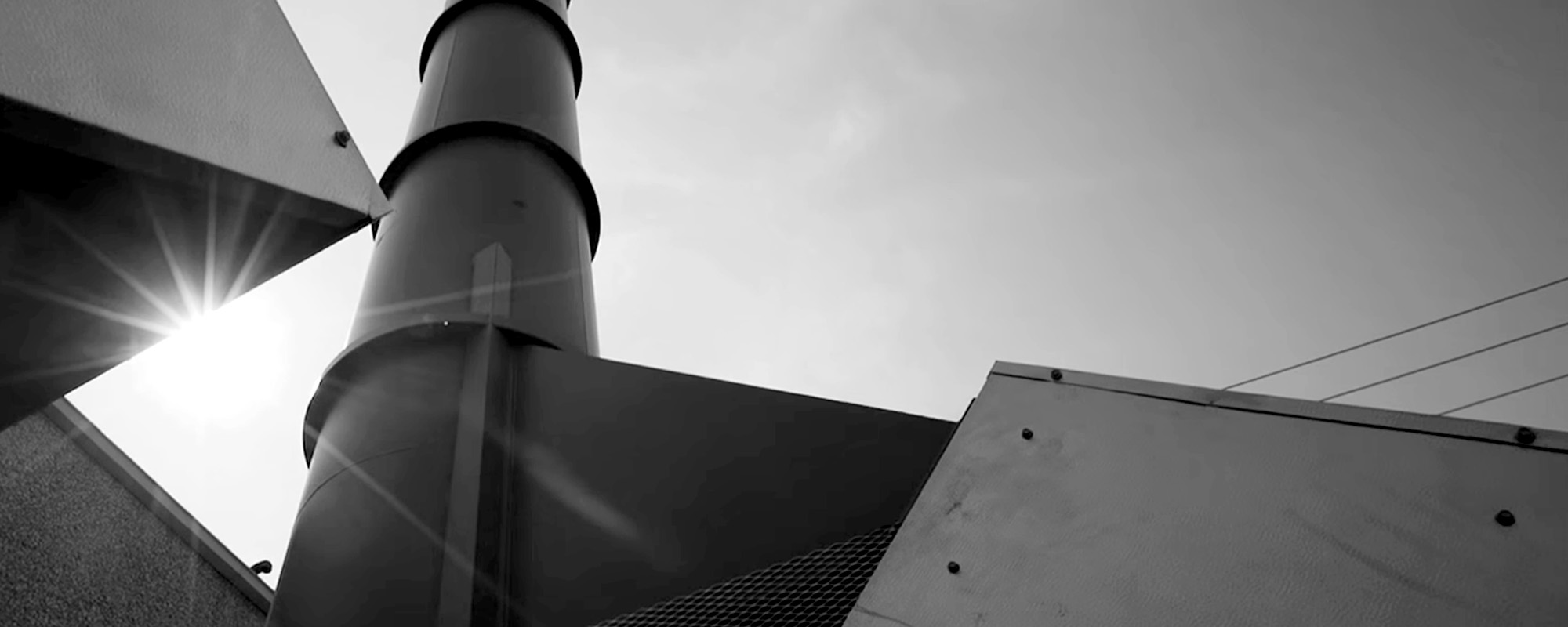Building Materials
Building Material Manufacturing
Building materials are essential for constructing our homes, businesses, and infrastructure.
To persuade manufacturers to further their air emissions reduction efforts and stimulate economic growth, the US government passed the Inflation Reduction Act (IRA) in 2022, which contains incentives for architecture and construction materials.
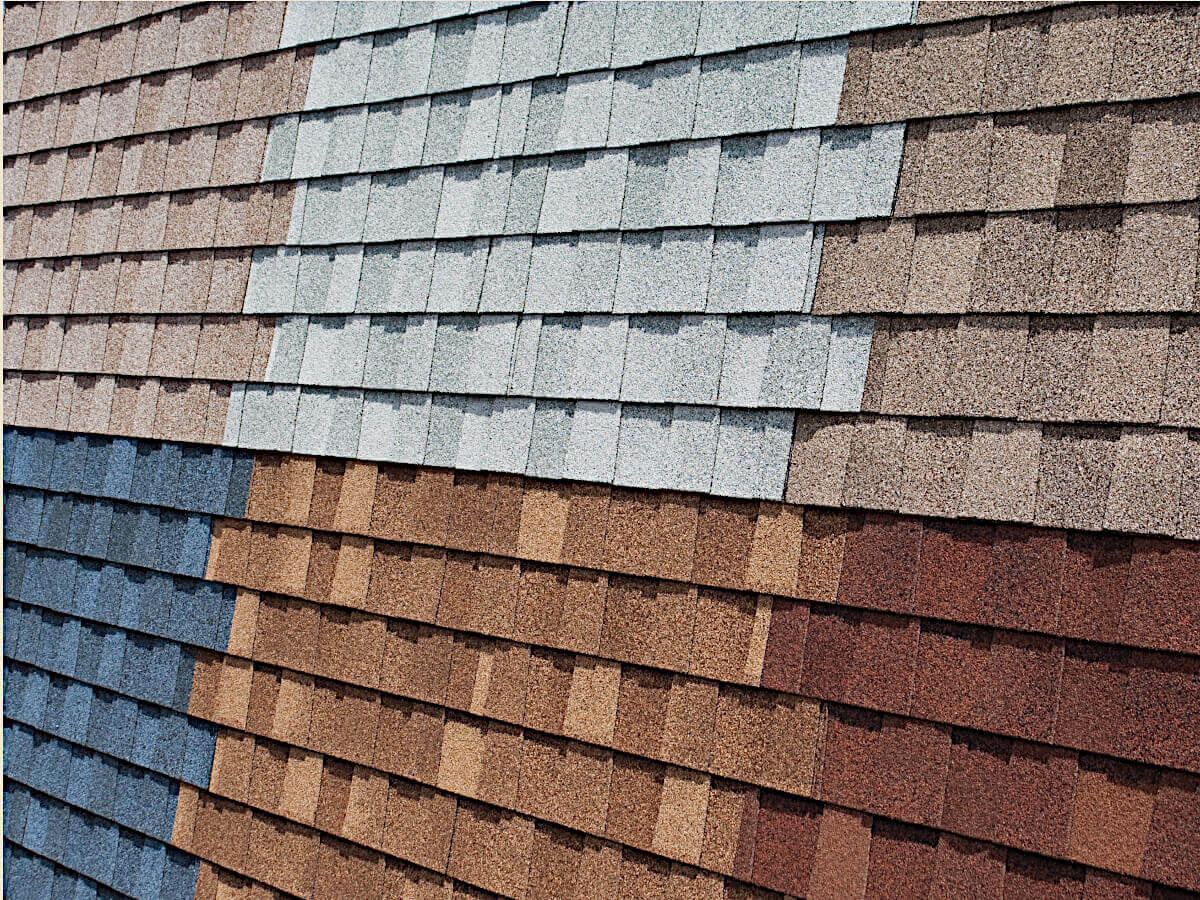
Particulate 2.5 from Innovative Roofing Production can be successfully captured by MVS Technology
IRA Grants for Material Manufacturing
Some of the notable IRA grants that apply to material manufacturing are listed in the table below.
| Name of IRA Grant | $ Allotted | How it Applies to Building Material Manufacturers |
|---|---|---|
| Use of Low Carbon Materials | $2.15 Billion | Funds available for the federal General Services Administration (GSA) department to acquire and install low-embodied carbon materials and products used for construction or alterations of GSA-owned buildings. This means increased drive from buyers for low-carbon building materials. |
| Low Carbon Transportation Materials Grant | $2 billion | Promotes the use of innovative low-carbon construction materials on Federal Highways. |
| Advanced Industrial Facilities Deployment Program | $5.8 billion | Provides financial assistance for facilities to use advanced industrial technologies such as electrification, low-carbon fuels, carbon capture, and other manufacturing processes which will drive reductions in emission-intensive industrial sectors such as iron & steel, cement, and chemical. |
* table developed by Pollution Systems after reviewing Federal IRA documentation.
Why Building Material Manufacturing Requires Air Pollution Control
As society has become more aware of the impacts of air and water pollutants from industrial manufacturing on our environment, social and regulatory pressure has steered manufacturers to improve their production processes and reduce their emissions. In the US, environmental regulatory bodies set emission standards and goals for air pollutants classified as VOCs, HAPs, or Particulate Matter (PM).
Construction materials manufacturers must abate pollutants such as VOCs from paint products, HAPs from insulation or asphalt production, or particulate matter from cement or roofing materials to comply with emission standards or they may face penalties.
Many facilities are already investing in process improvements on yield and efficiency which helps produce roofing, insulation, cement, and other building materials that more durable and less pollutive. Manufacturers are also reducing their carbon footprint by incorporating recycled materials into their products (i.e. low-carbon asphalt). While the gains of producing more with less and integrating recycled materials are positive steps forward, some air treatment still may be necessary. Every manufacturing application is unique, so our oxidizers and scrubbers are tailored to your process to treat emissions effectively before they release into the atmosphere.
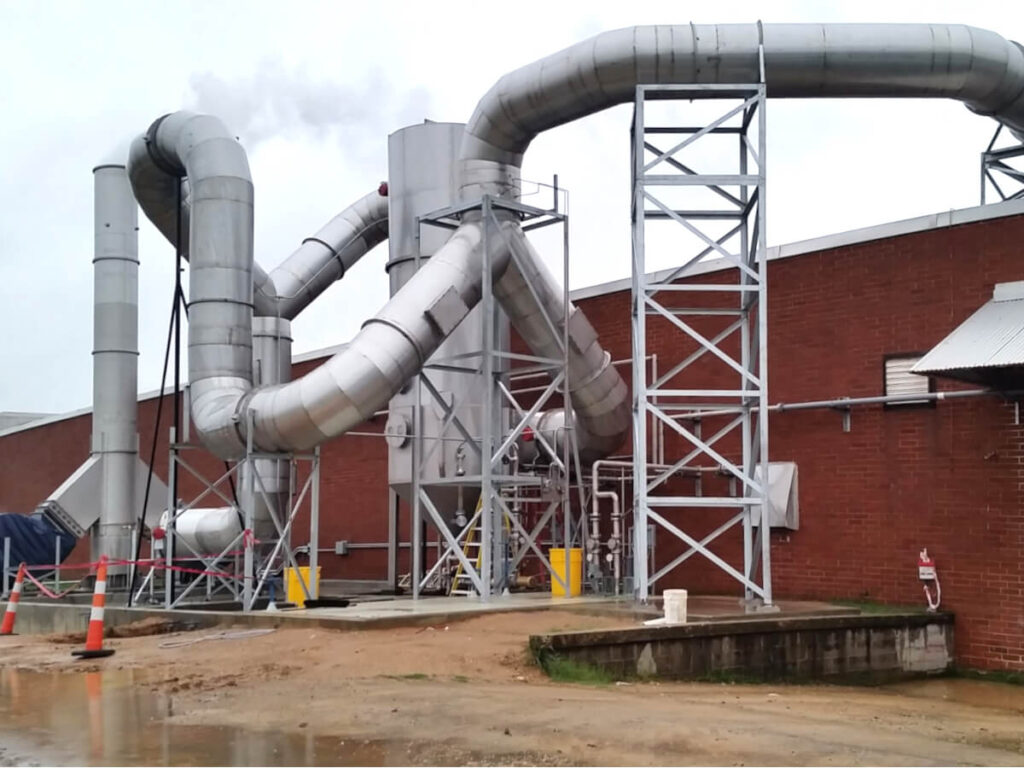
Multi-Vane (MVS) Scrubbers are Extremely Efficient at PM 2.5 Abatement for Roofing Material Applications
Specific Examples of Processes that Need Abatement
Today’s paint manufacturers have modified their paint formulations to make the paints more environmentally friendly and safer to use; this is done by incorporating fewer solvents and focusing on water-based products. Although more durable and easy to clean, their manufacturing processes may still emit some VOCs and HAPs.
Engineered wood flooring has the beauty of solid wood without the expense, and composite wood decking looks like wood and is far more durable since it’s impervious to water, sun, and insect damage.
Both products use less raw lumber during production, which helps reduce deforestation or the usage of slow-growing renewables. While these production techniques save on natural resources, they may still use solvents and raw materials that emit VOCs, HAPs, and PM into the atmosphere. These pollutants contribute to smog, odor, and other climate concerns if not properly abated.

Engineered wood flooring and improved paint products are highly durable but their manufacturing processes still require Air Control Abatement
APC Abatement Technology for Material Manufacturing
All of Pollution Systems’ air pollution control equipment is industrial-grade and can abate 99+% of targeted pollutants to achieve your business and operational goals.
- MVS Scrubbers – suitable for applications with particulate or particulate with some VOC
- Thermal Oxidizers – abate high volume HAPS or VOCs; or large process volumes with low VOC
- Catalytic Oxidizers – abate low volume VOC from processes containing no PM or catalyst poisons
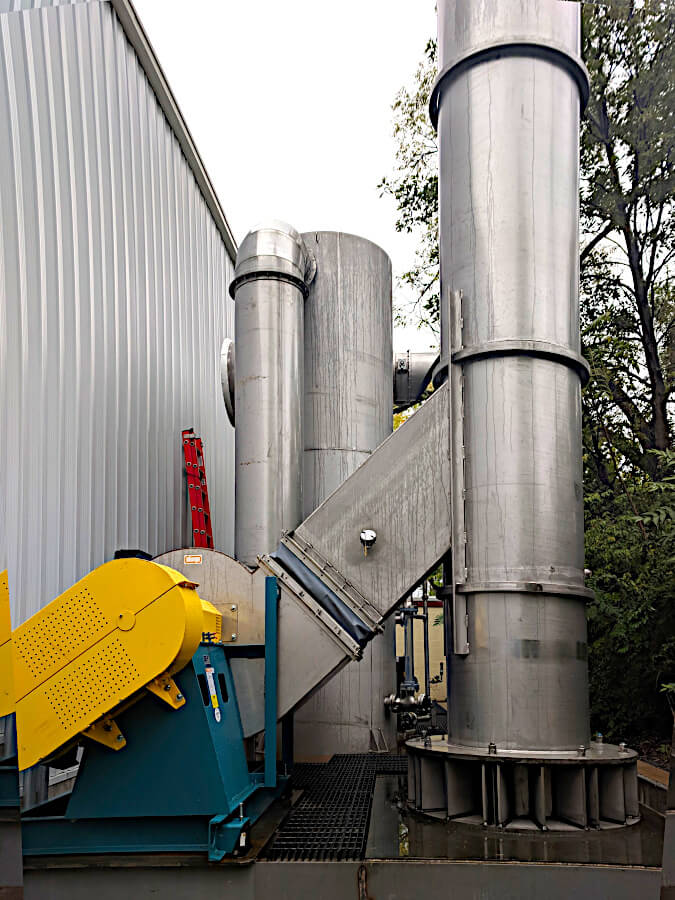
MVS Abates VOC and HAP from Industrial Exhaust at a Paint Manufacturing Facility
Innovative Air Control Units for Infrastructure Material Manufacturing
Looking for air emission control for your industrial building material manufacturing process? Pollution Systems provides you with industrial-grade air pollution control solutions that are tailored to your facility’s specific business and operational goals.
